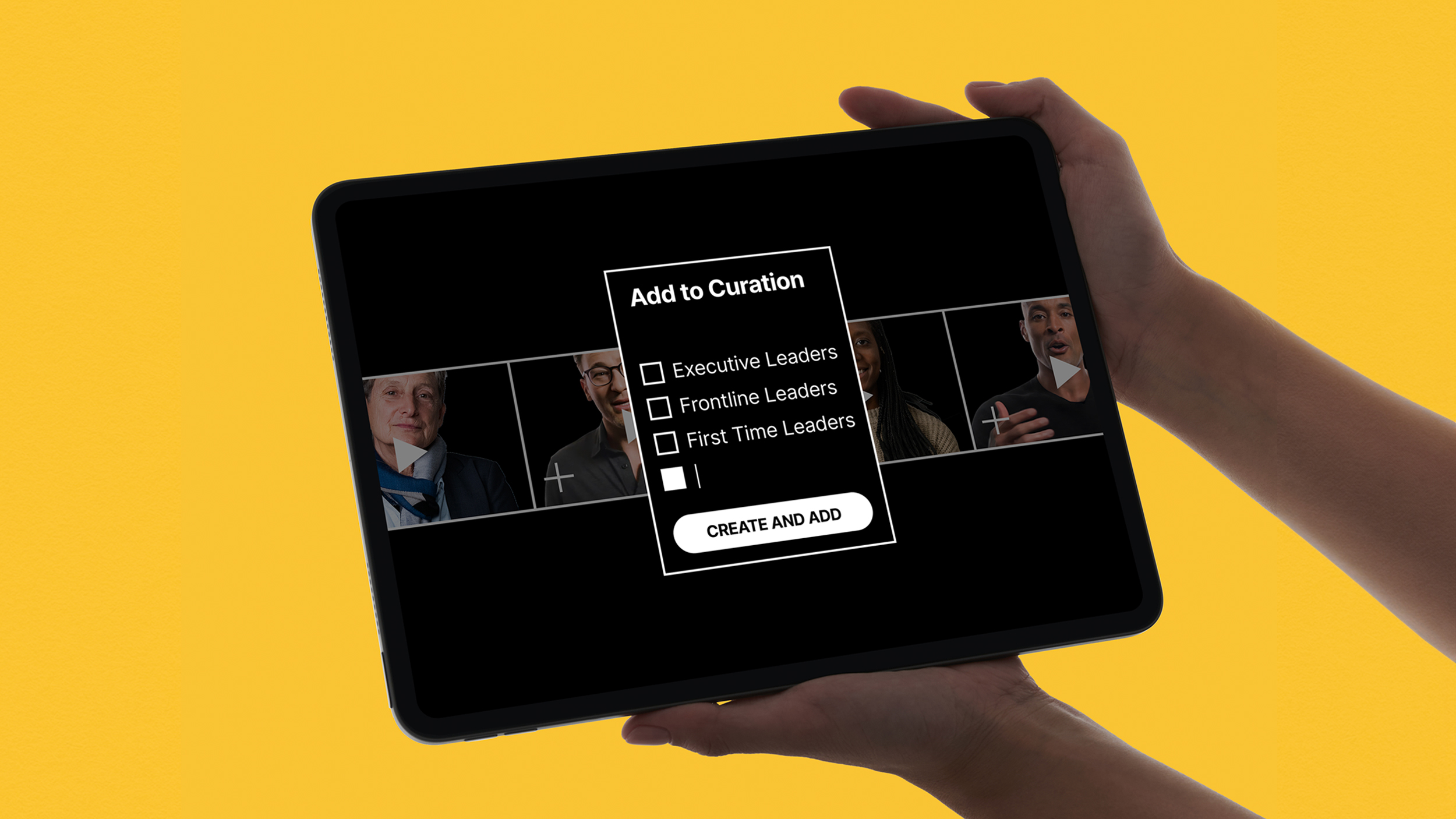How Do You Apply Social Learning Theory in the Workplace?

The use of informal learning programs is on the rise in organizations around the world. A report on informal learning by Degreed states that reliance on formal learning methods — traditional curriculum-based education — is declining in favor of informal learning methods, such as social learning, mentorships, and online learning. A significant attribute of these non-traditional learning methods is that they are relevant, efficient, open, and accessible to all employees while also offering them greater flexibility and control over their learning.
Social learning theory, a concept commonly attributed to social psychologist Albert Bandura, is the idea that people learn new behaviors by observing and imitating the actions of others. Much like how babies and children learn from their families, social learning allows employees to leverage their networks and professional relationships for knowledge.
Social learning is a natural and cost-effective method of informal learning that can take place anytime, anywhere. But, how do you integrate social learning into the workplace?
Establish an Organizational Culture of Learning
One of the chief tasks of any successful modern organization is to attract the best, brightest, most agile, and most innovative employees by developing an effective and engaging learning culture. To do this means encouraging continuous learning and growth in your employees. The best employees are those who are motivated to learn and continuously grow their knowledge and skills.
Learning can be broken down into two primary formats: Implicit learning and explicit learning. The first is the learning of complex information without conscious effort; the second is learning with conscious participation. Social learning encompasses both of these learning methods and provides a way to learn both consciously and unconsciously.
To develop a strong learning culture, employ the following steps:
- Teach Employees to Learn Beyond the Classroom — This includes taking the time to learn from colleagues and managers.
- Encourage Creative Solutions Without Concern of Failure — Encourage employees to learn, grow, and embrace their creativity without fear of adverse reactions.
- Welcome Dissenting Opinions and Feedback — This provides an opportunity to learn what is working well or what needs improvement.
- Reward Engaged Employees Who Contribute to the Learning Culture — Providing rewards to help reinforce this type of positive behavior.
- Get Buy-In from Existing Leadership — Leadership needs to support and model the behaviors of a learning culture to help sustain enthusiasm among employees.

Implement a Mentorship Program to Support Social Learning
A commonly used statistic is that a person’s learning ability is 20% formal and 80% informal learning. A corporate mentorship program is an effective integration of social learning theory that helps employees learn from others. It provides an opportunity for leaders and outstanding employees to model their behaviors for others to learn from and emulate. Employees who successfully model these behaviors can then be rewarded, and employees who do not can be an object learning lesson for their peers.
Without an established program, finding a mentor is often easier said than done. However, the benefits of implementing such a program are numerous for an organization, and it provides leaders with an opportunity to share their knowledge with their peers and subordinates.
Big Think expert Sarah Robb O’Hagan, CEO of Flywheel Sports and former president of Gatorade and Equinox, says in the “Find Your Perfect Mentor” lesson that leaders who are there in the moment with employees are exceedingly beneficial to employees’ growth as professionals. An effective mentor is one who not only watches what you do, but also allows you to work with them to help you to learn and grow from their actions and decisions.
Encourage Employee Communication and Connectivity
There are many ways that employees can engage in social learning to connect, interact, and learn from one another in the workplace. They can collaborate on projects, go to lunch together, and engage in other social activities during (or after) work. There also are some digital methods of communication and collaboration through platforms like Skype, Slack, Basecamp, and social media channels. These platforms allow employees to share helpful and informative content, links, ideas, and other information throughout the workday to learn from one another.
At Big Think+, facilitating learning through mixed and informal methods is what we do. We have more than a thousand videos from more than 3,000 global experts across various industries. Our team of instructional designers is here to help you integrate social learning into the fabric of your organization’s learning culture.
To learn more about how Big Think+ can help your organization, request a demo.





